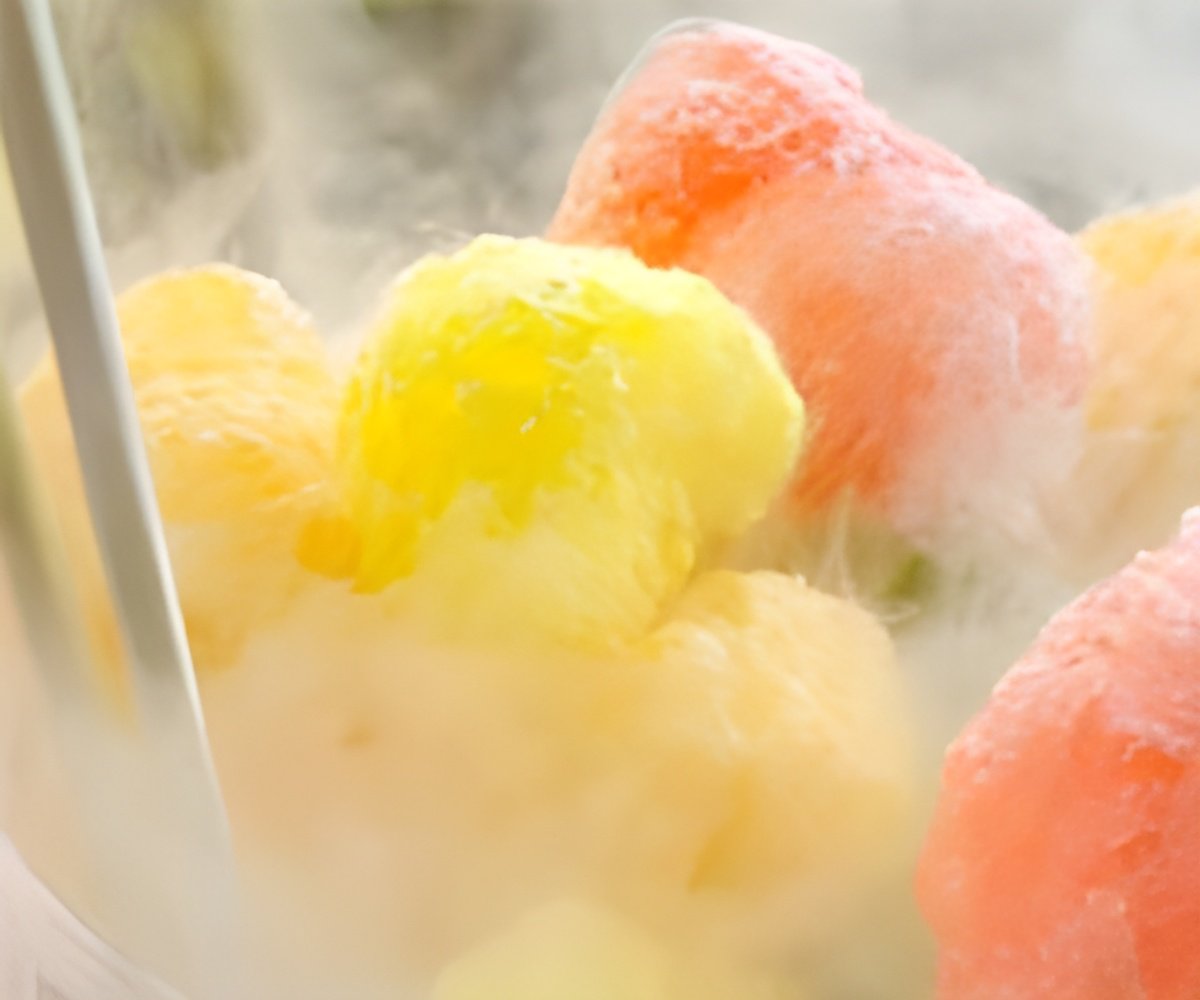Learn about the risks of mishandling dry ice and liquid nitrogen in food preparation, and crucial steps to take in case of ingestion or accidental contact.

Liquid nitrogen and dry ice in food
Go to source).
‘Ingesting dry ice or liquid nitrogen can cause severe internal injuries-seek immediate medical help! #foodsafety #publichealth #medindia’





Advertisement
Recent Incidents and Health Risks
Recent incidents, such as the viral video from Karnataka’s Davangere where a child fell ill after consuming a "smoke biscuit" containing liquid nitrogen, highlight the dangers of mishandling these substances. The consumption of dry ice or liquid nitrogen can cause significant harm due to their extremely low temperatures.Dry ice, with a temperature of approximately -78.5 degrees Celsius, and liquid nitrogen, which can reach temperatures as low as -196 degrees Celsius, can cause severe damage to the skin and internal organs upon ingestion or accidental contact. Immediate medical attention is required in such cases to prevent lasting health complications.
Advertisement
FDA Warnings and Guidelines
The US Food and Drug Administration (FDA) has issued warnings regarding the risks associated with consuming or handling foods prepared with liquid nitrogen or dry ice. These substances should never be directly consumed or applied to the skin due to the risk of frostbite and internal injuries.According to FDA guidelines, retail food establishments using liquid nitrogen or dry ice should implement strict protocols to ensure consumer safety. This includes:
- Providing comprehensive training for food handlers on the safe storage, handling, and disposal of liquid nitrogen and dry ice.
- Avoiding the direct addition of liquid nitrogen or dry ice to foods or beverages immediately before consumption.
- Ensuring complete evaporation or sublimation of these substances before serving to consumers.
- Posting visible warnings in areas where liquid nitrogen or dry ice is used, instructing employees and consumers on the associated risks and precautions.
Advertisement
What NOT to Do
- Do Not Induce Vomiting
- Avoid Ingesting Water Immediately
- Do Not Apply Heat
- Don't Delay Medical Attention
- Avoid Self-Treatment
Reference:
- Liquid nitrogen and dry ice in food- (https://www.fda.gov/media/117281/download)
Source-Medindia









